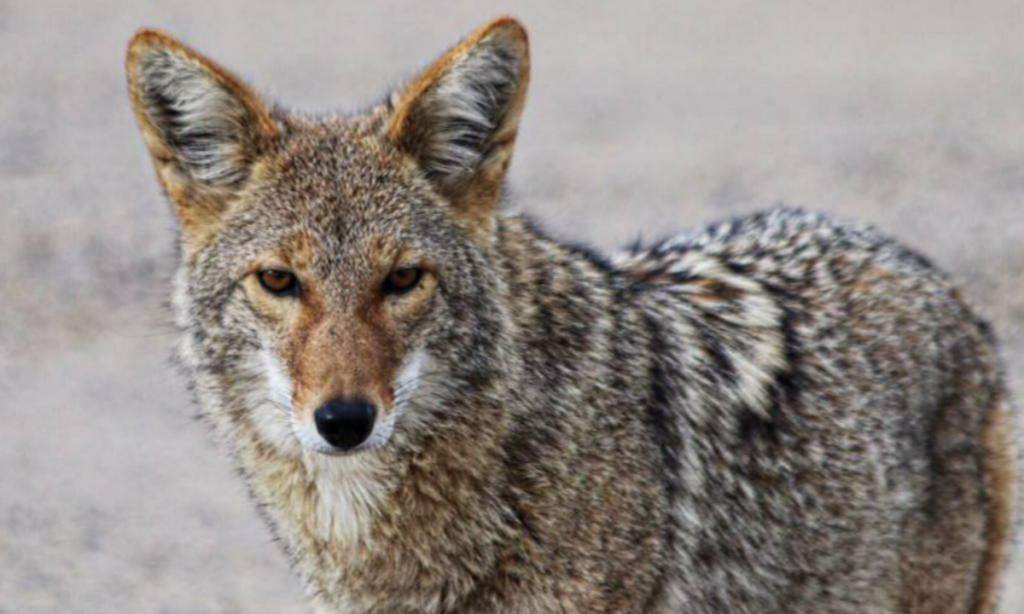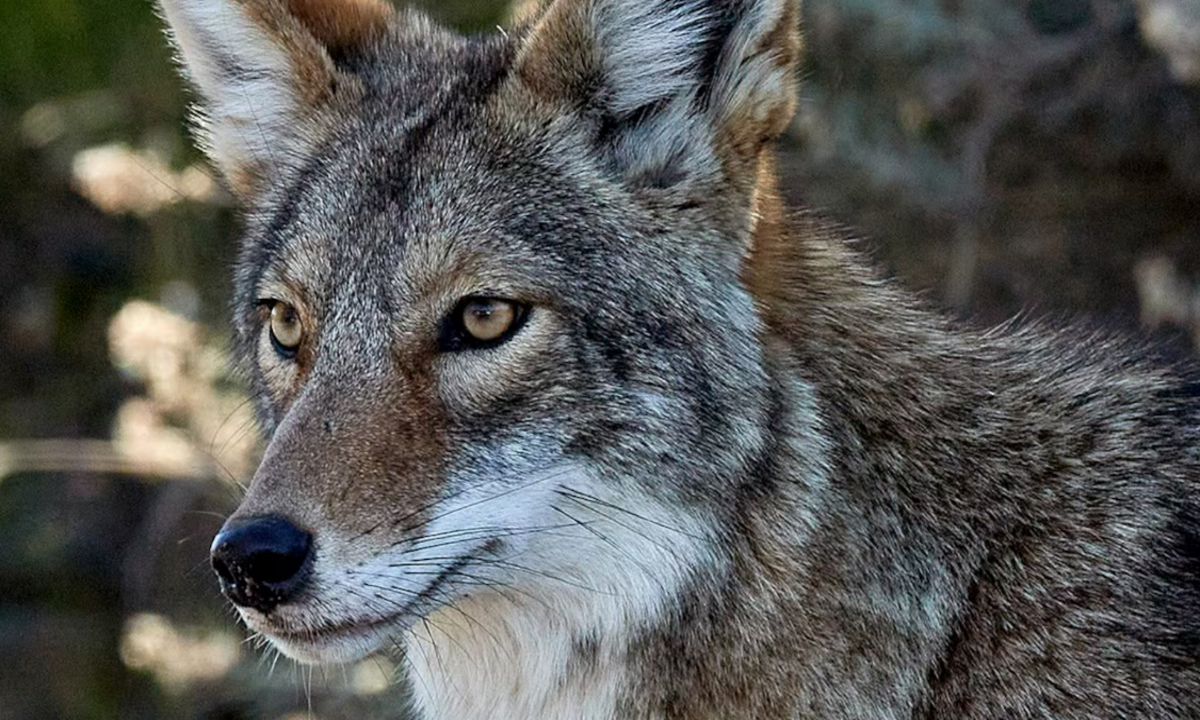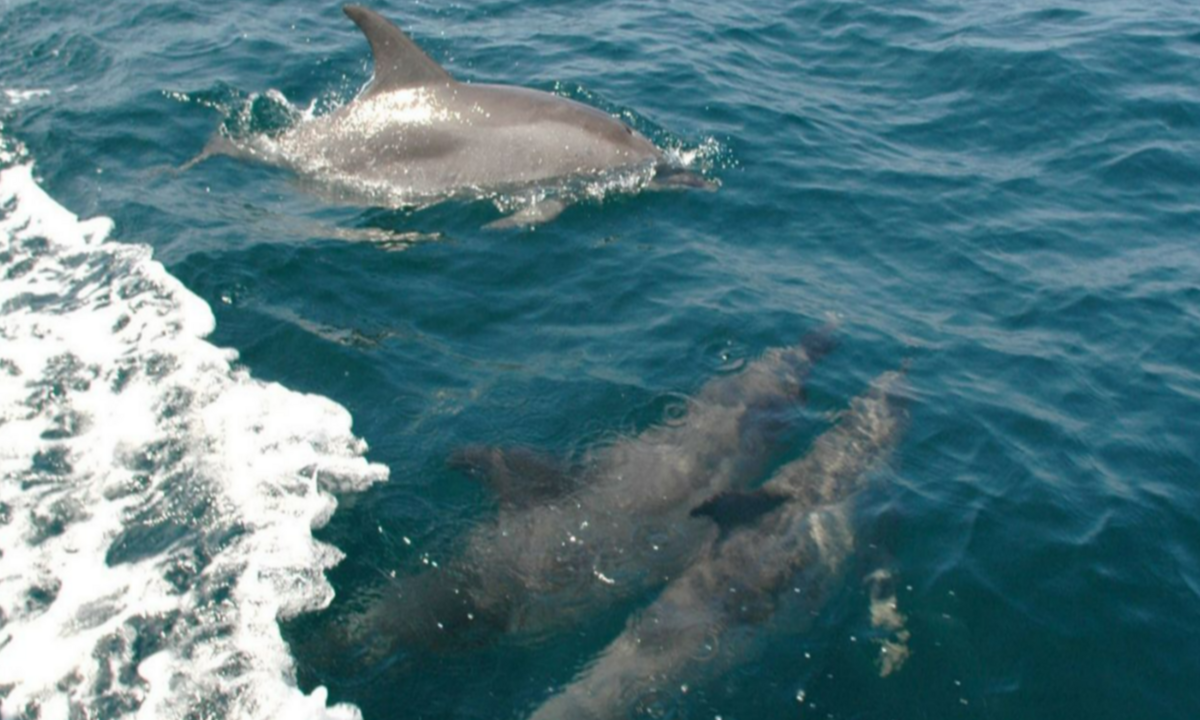As Kentucky enters coyote mating season, residents are likely to spot or hear more of these wild animals in their communities. Coyotes, which were first introduced to the state in the 1950s, have become permanent members of the local wildlife. Their presence has grown over the years, especially after the Ohio River froze during the blizzard of 1978, which allowed them to spread deeper into Kentucky.
According to Dr. John Cox, an Associate Professor of Wildlife Conservation and Biology at the University of Kentucky, coyotes are highly adaptable animals. They are often regarded as one of the most adaptable carnivores in North America. This means that, during mating season, coyotes become more active and visible, as they roam around to find mates and establish territories.
Coyote Mating Season Brings Increased Sightings
The official start of coyote mating season in Kentucky brings a noticeable increase in coyote activity. Dr. Jon Cox, a wildlife expert who has studied coyotes for over 30 years, explains that while these animals are usually found in open agricultural land, they are increasingly spotted in urban areas. Cities like Washington D.C., Boston, Seattle, and even Lexington are witnessing more coyote sightings as the animals venture closer to human populations.
Fayette County, where the University of Kentucky is located, is home to a few hundred coyotes, and they are becoming more visible. Dr. Cox shared his own experience, recalling the first coyote he saw in Lexington around 2017. It was near the football stadium on the university campus, and even some students captured footage of a coyote on camera near Alumni Drive during the night.

Why Coyotes Are More Active During Mating Season
Coyotes are generally shy creatures, but during mating season, their behavior changes. They become more bold and may even show signs of aggression, particularly as they move around to find mates or protect their territories. During this period, they are more likely to cross roads and approach homes. They may also engage in conflicts with other male coyotes over territory.
While coyotes are relatively small, weighing between 25 and 30 pounds, they are still a concern for pet owners. Dr. Cox points out that although there are only 15-25 human coyote attacks each year (compared to the millions of dog bites), small pets like cats or dogs can be at risk, especially during this time of increased coyote activity.
Coyotes: Friend or Foe for Farmers?
Coyotes are often seen as both beneficial and problematic by farmers. On one hand, coyotes help control rodent populations, which can benefit farmers by protecting crops. However, coyotes are also known to prey on livestock if they can get close enough. Dr. Cox emphasizes that coyotes don’t view pets as companions but as potential food sources or competitors for resources. This means that farmers need to be cautious and ensure their livestock and smaller animals are safe from coyotes during this period.
For pet owners, especially those with small pets, Dr. Cox advises extra caution. Since coyotes are more active during dawn, dusk, and nighttime, it’s important to keep pets inside or closely monitored during these times. Small animals, like cats and small dogs, should be supervised to avoid becoming easy prey for coyotes.
What You Should Do During Coyote Mating Season
If you live in an area where coyotes are common, it’s essential to be prepared for increased activity during the mating season, which lasts until the first week of March. Dr. Cox recommends keeping pets indoors during peak coyote activity hours, especially at night, and ensuring that pets are secure in your yard or home. Keeping your pets safe from wild animals like coyotes requires vigilance, particularly as these animals may be more aggressive during mating season.
Additionally, it’s important to remember that coyotes are a part of Kentucky’s ecosystem and help control other animal populations, even though they may pose a risk to smaller pets. The more we understand their behavior and patterns, the better we can coexist with them safely.
Disclaimer—Our team has checked this article to ensure its accuracy and eliminate any misinformation. We are committed to providing clear and reliable information for our readers.




